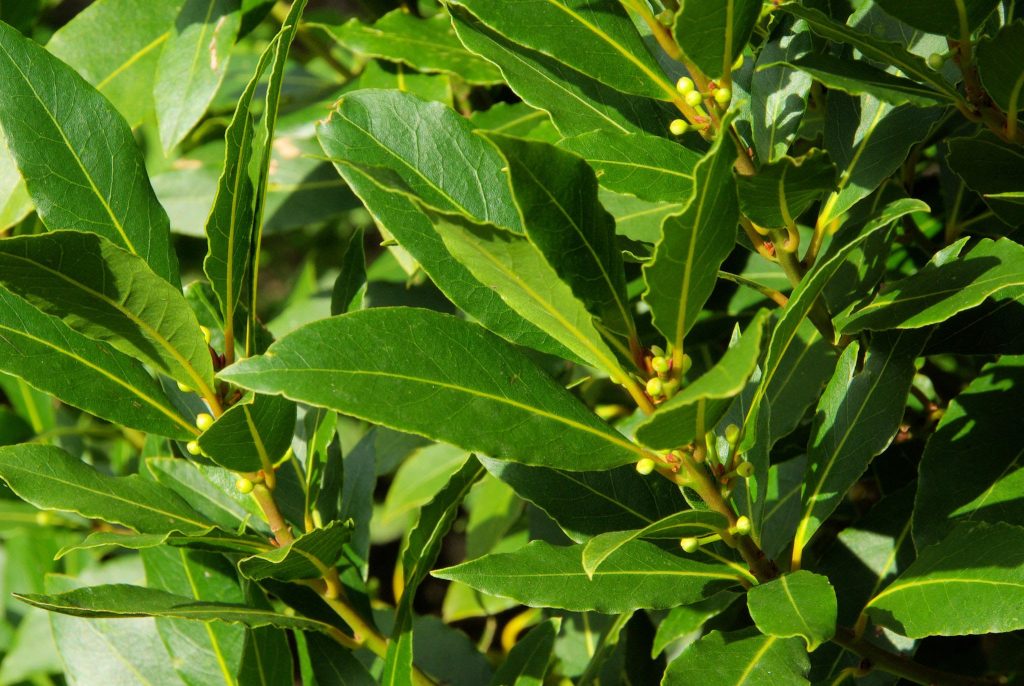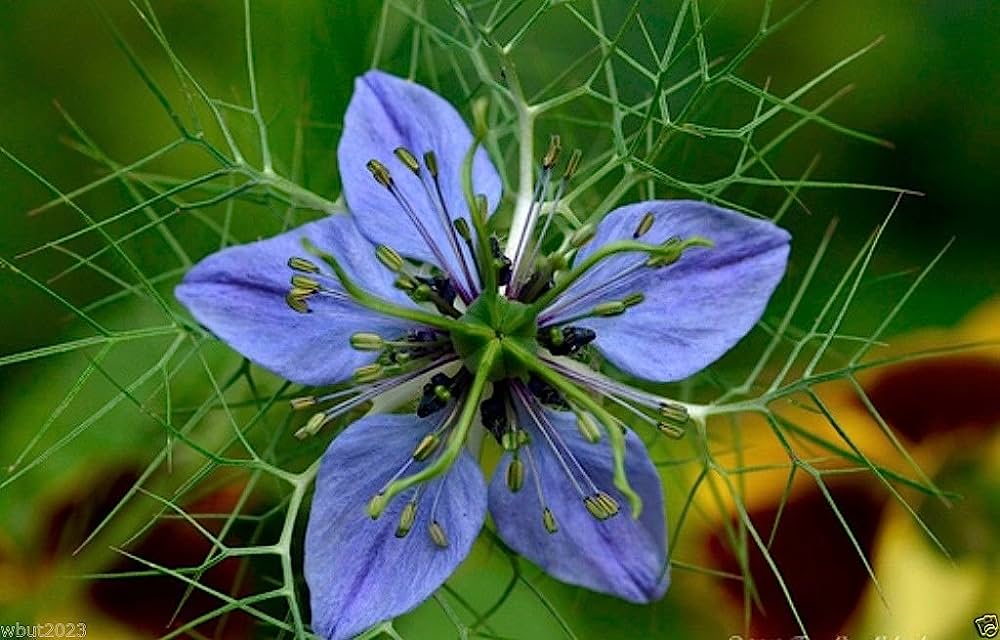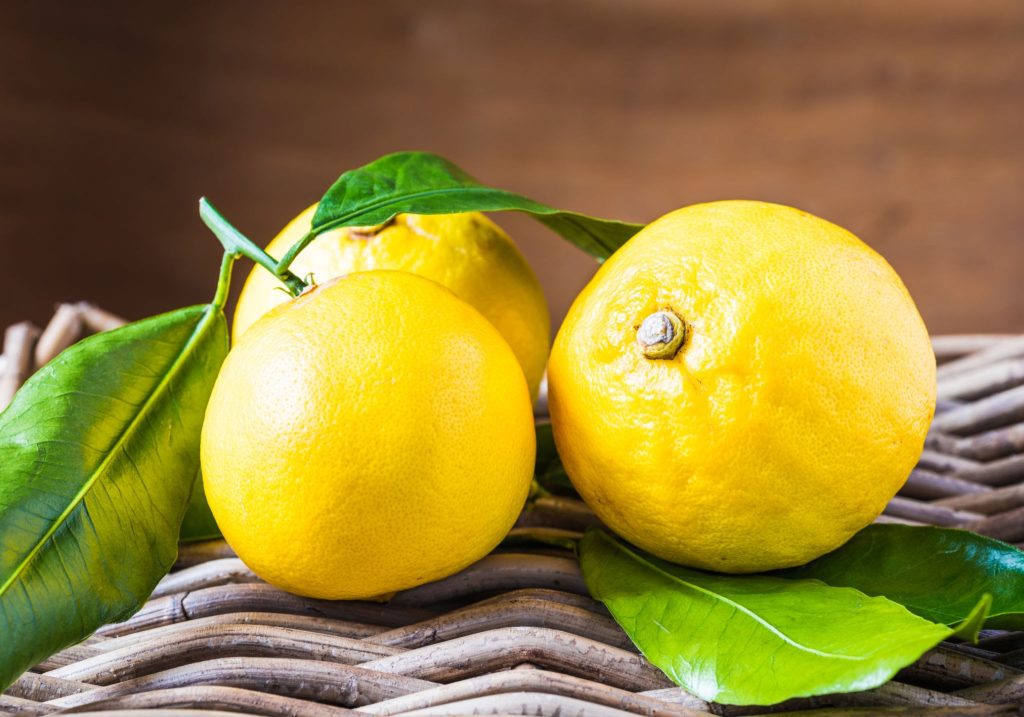
Blue anemone
The Ranunculaceae genus Anemone (order Ranunculales), comprising more than 150 species, mostly herbs, has long been used in folk medicine and worldwide ethnomedicine. Various medicinal compounds have been found in Anemone plants, especially triterpenoid saponins, some of which have shown anti-cancer activities. Some Anemone compounds and extracts display immunomodulatory, anti-inflammatory, antioxidant, and antimicrobial activities.

Bay leaf
The bay leaf is an aromatic leaf commonly used as a herb in cooking. The leaves of the Bay tree contain about 1.3% essential oils, consisting of 45% eucalyptol, 12% other terpenes, 8-12% terpinyl acetate, 3–4% sesquiterpenes, 3% methyleugenol, and other α- and β-pinenes, phellandrene, linalool, geraniol, terpineol, and also contain lauric acid. Bay leaf oil is useful for headache, shortness of breath and cough. It is an expectorant, softens the chest, has a positive effect in the treatment of inflammation of the throat and tonsils, and weakens flu infections. It has a gas-repelling, germ-killing effect. Nourishes hair and prevents hair loss and dandruff. It is also used externally to reduce rheumatism pains. For this purpose, the hair is massaged with it.

Black cumin
Black cumin is annual plant of the ranunculus family (Ranunculaceae) grown for its pungent seeds, which are used as a spice and in herbal medicine. The seeds are believed to stimulate lactation and have been used for menstrual and postpartum problems. They also are commonly used to treat intestinal worms and are said to relieve digestive troubles. The seeds and oil are used for inflammation and are employed to reduce asthma and bronchitis symptoms and to treat rheumatoid arthritis. The seeds contain a variety of chemicals, but most of the pharmacological properties of black cumin are attributed to the presence of quinine compounds, of which thymoquinone is the most abundant. There is clinical evidence that the seeds have antimicrobial, antiparasitic, and antifungal properties, and some animal studies have demonstrated tumour suppression. In addition, there is evidence that black cumin may be effective against diabetes and hypertension and may have validity as an anti-inflammatory.

Bergamot orange
The bergamot orange, is a fragrant citrus fruit the size of an orange, with a yellow or green color similar to a lime, depending on ripeness. Several compounds in bergamot oil immunomodulatory, wound-healing activities, and anti-inflammatory properties. This may make bergamot oil an effective spot treatment for acne or other small wounds on the skin if you do not have sensitive skin. Bergamot may also help improve psoriasis symptoms. Bergamot oil enthusiasts (and people who love soft, lightly scented hair) swear by this essential oil’s ability to soften and tame curls. Anecdotal evidence indicates that bergamot oil may also be soothing to an irritated scalp.

Bitter almond
The almond (Prunus amygdalus, syn. Prunus dulcis) is a species of tree native to Iran and surrounding countries, including the Levant. The bitter almond contains the enzyme emulsin which, in the presence of water, acts on the two soluble glucosides amygdalin and prunasin yielding glucose, cyanide and the essential oil of bitter almonds, which is nearly pure benzaldehyde, the chemical causing the bitter flavor. Bitter almonds may yield 4–9 milligrams of hydrogen cyanide per almond and contain 42 times higher amounts of cyanide than the trace levels found in sweet almonds.






